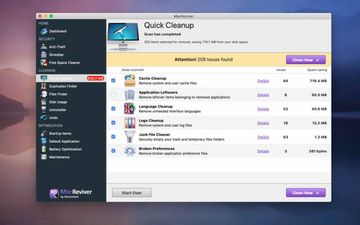This is a hands-on guide to removing MacReviver, a dubious application that displays exaggerated scan reports to pressure users into buying its full version.
| Threat Profile | |
|---|---|
| Name | MacReviver (Mac Reviver) |
| Category | Mac malware, scareware, PUA |
| Related Domains | reviversoft.com |
| Detection | Avira: PUA/OSX.MacReviver.gxzkf, Bitdefender: Application.MAC.MacReviver.A, F-Secure: PotentialRisk.PUA/OSX.MacReviver, Sophos: MacReviver (PUA), Symantec: OSX.Malcol.2 |
| Vulnerable Devices | MacBook Air, MacBook Pro, iMac, Mac Pro (all macOS versions) |
| Symptoms | Displays fake scan results and follow-up alerts, causes system slowdown, hampers regular removal |
| Distribution | Freeware bundles, booby-trapped software updates, misleading popup ads, spam |
| Severity Level | High |
| Damage | Bogus scan results promoting product license, browser hijacking |
| Removal | Scan your Mac with Combo Cleaner to detect all files related to the browser hijacker. Use the tool to remove the infection if found. |
Maintaining a proper level of a Mac’s performance isn’t only the prerogative of the operating system. It’s also the user’s responsibility. But, that’s kind of a tedious chore not everyone is willing to take up. Because it requires quite a bit of time, patience and effort, all-in-one optimization tools are increasingly gaining traction among owners of macOS based machines. This demand fuels a whole segment of cybercrime coining software that mimics performance enhancement features rather than delivering true value to customers. MacReviver is one of the numerous apps from this category that aren’t entirely fair and square in terms of their tactics. In addition to returning untrustworthy scan results, it employs a series of tricks to pressure users into paying for something they don’t actually need. No matter if a computer is running smooth and has hardly any file clutter inside, it will definitely skew the big picture by stating that there are hundreds of megabytes of junk waiting to be purged.
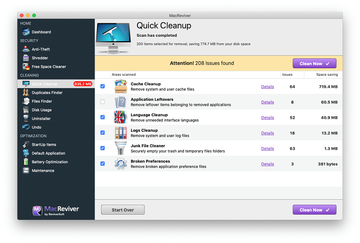
They say the first impression is the best impression, but this statement doesn’t necessarily hold true in the case of MacReviver. The program may appear to be tailor-made for identifying issues and fixing them in the blink of an eye. It seems to cover system areas that tend to be the main sources for bugs and redundant use of disk space. These include caches, application leftovers, unused languages, logs, broken preferences, unwanted startup items, and duplicates. Having completed its scan, the scareware will list multiple issues next to most of these categories. It will also emphasize that the amount of recoverable hard drive space and the improvement potential of repairing buggy settings are too considerable to ignore. Underneath this visual efficiency, which is partially due to the professional look and feel of the GUI, there are plenty of pitfalls to beware of.
MacReviver may re-infect your Mac multiple times unless you delete all of its fragments, including hidden ones. Therefore, it is recommended to download Combo Cleaner and scan your system for these stubborn files. This way, you may reduce the cleanup time from hours to minutes.
Download Now Learn how Combo Cleaner works. If the utility spots malicious code, you will need to buy a license to get rid of it.One of the most conspicuous giveaways is that it takes MacReviver mere seconds to scan the whole Mac for performance problems. Such an eyebrow-raising speed could probably be achieved if the app had some state-of-the-art machine learning and artificial intelligence technology behind it, but this isn’t the case here, obviously. It seems that the utility simply concocts some of these results according to a predefined hard-coded algorithm. Some issues might be real, but most of them are simulated. It doesn’t take a scientist to figure out why MacReviver is doing this: it tries to make the victim act upon their desire of greater system productivity combined with fears of system crashes. A slew of allegedly detected inconsistencies and the “Total Space Saving” lure are intended to do their wicked thing and persuade the user into opting for the annoying subscription offers shown incessantly. Tampering with the browser preferences to cause recurrent redirects of web traffic is one more facet of this app’s scare tactic.
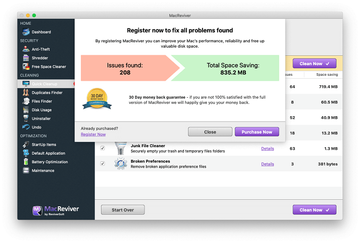
Another characteristic that makes MacReviver a potentially unwanted application (PUA) is that it follows questionable distribution practices. Instead of building an ethical promotion campaign, its operators often take shortcuts and spread their product by means of dodgy bundling. This technique is a stronghold of most Mac adware and scareware propagation stratagems. It allows malicious actors to hide their payloads inside app packages that seem benign on the outside. A game-changing move on the user’s end is to deselect the default installation option and then vet the deeper structure of the bundle to reject fishy offers. Unfortunately, most people don’t bother doing it, which explains why the likes of MacReviver are so prolific. The app is also quite persistent once inside, adding a login item without permission and interfering with the contents of the LaunchAgents, Application Support, and other directories that the average user might not inspect when trying to uninstall software from a Mac. Use the following techniques to make sure MacReviver removal is thorough enough.
MacReviver virus manual removal for Mac
The steps listed below will walk you through the removal of this malicious application. Be sure to follow the instructions in the specified order.
Expand the Go menu in your Mac’s Finder bar and select Utilities as shown below.
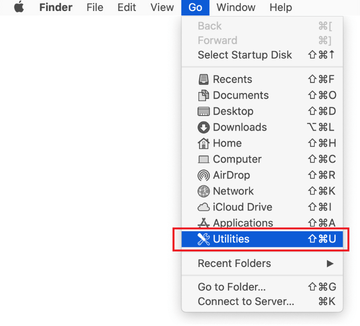
Locate the Activity Monitor icon on the Utilities screen and double-click on it.
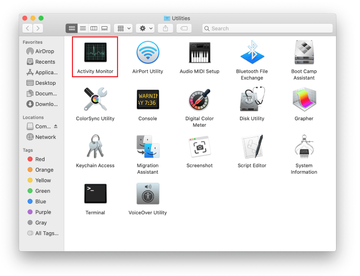
In the Activity Monitor app, look for MacReviver, MacReviverLoginHelper, or another process that appears suspicious. To narrow down your search, focus on unfamiliar resource-intensive entries on the list. Keep in mind that its name isn’t necessarily related to the way the threat is manifesting itself, so you’ll need to trust your own judgement. If you pinpoint the culprit, select it and click on the Stop icon in the upper left-hand corner of the screen.
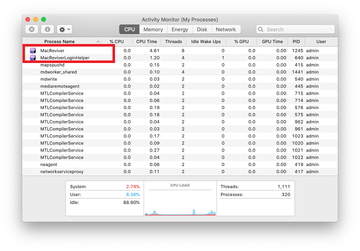
When a follow-up dialog pops up asking if you are sure you want to quit the troublemaking process, select the Force Quit option.
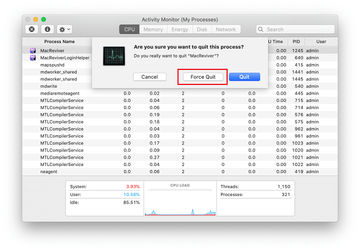
Click on the Go menu icon in the Finder again and select Go to Folder. You can as well use the Command-Shift-G keyboard shortcut.

Type /Library/LaunchAgents in the folder search dialog and click on the Go button.
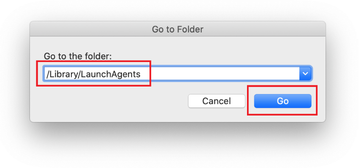
Examine the contents of the LaunchAgents folder for dubious-looking items. Be advised that the names of files spawned by malware may give no clear clues that they are malicious, so you should look for recently added entities that appear to deviate from the norm.
As an illustration, here are several examples of LaunchAgents related to mainstream Mac infections: com.pcv.hlpramc.plist, com.updater.mcy.plist, com.avickUpd.plist, and com.msp.agent.plist. If you spot files that don’t belong on the list, go ahead and drag them to the Trash.
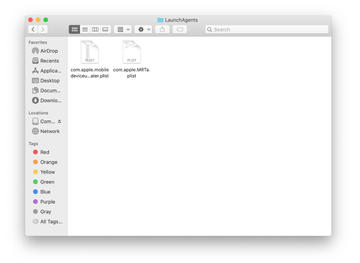
Use the Go to Folder lookup feature again to navigate to the folder named ~/Library/Application Support (note the tilde symbol prepended to the path).
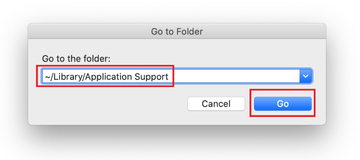
When the Application Support directory is opened, identify recently generated suspicious folders in it and send them to the Trash. A quick tip is to look for items whose names have nothing to do with Apple products or apps you knowingly installed. A few examples of known-malicious folder names are MacReviver, MacReviver Installer, and MacReviverLoginHelper.
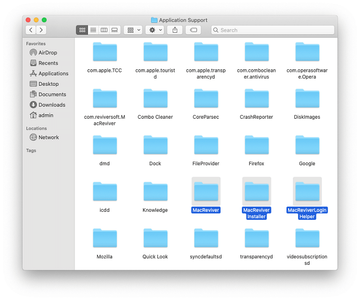
Enter ~/Library/LaunchAgents string (don’t forget to include the tilde character) in the Go to Folder search area.
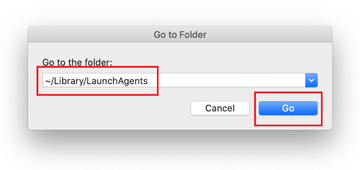
The system will display LaunchAgents residing in the current user’s Home directory. Look for com.reviversoft.MacReviver.LicenseChecker.plist and drag the suspects to the Trash.
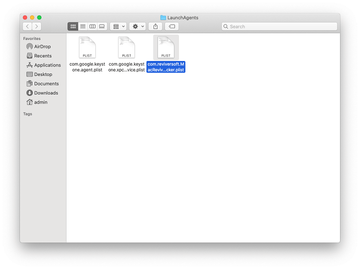
Type /Library/LaunchDaemons in the Go to Folder search field.
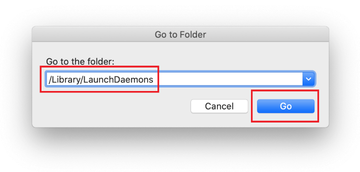
In the LaunchDaemons path, try to pinpoint the files the malware is using for persistence. Several examples of such items cropped by Mac infections are com.pplauncher.plist, com.startup.plist, and com.ExpertModuleSearchDaemon.plist. Delete the sketchy files immediately.
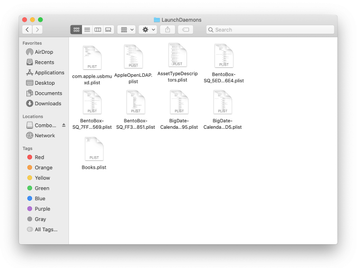
Click on the Go menu icon in your Mac’s Finder and select Applications on the list.

Find the entry for MacReviver and move it to the Trash. If this action requires your admin password for confirmation, go ahead and enter it.
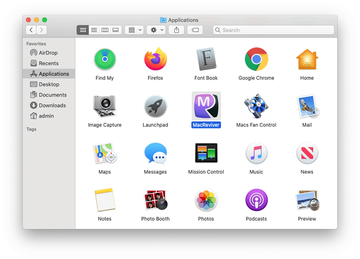
Expand the Apple menu and select System Preferences.
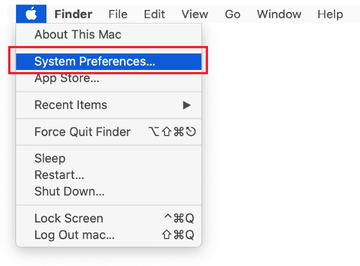
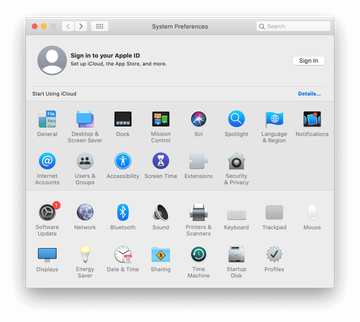
Proceed to Users & Groups and click on the Login Items tab.
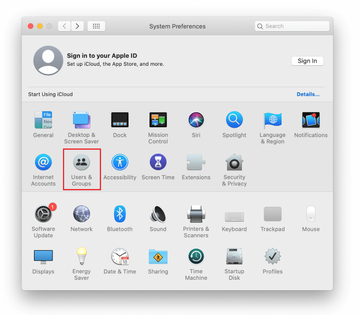
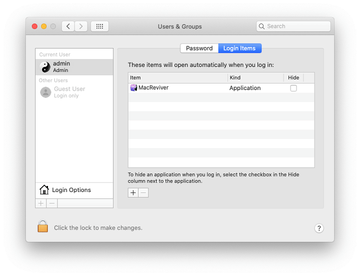
Now select Profiles under System Preferences. Look for a malicious item in the left-hand sidebar. Several examples of configuration profiles created by Mac adware include TechSignalSearch, MainSearchPlatform, AdminPrefs, and Chrome Settings. Select the offending entity and click on the minus sign at the bottom to eliminate it.
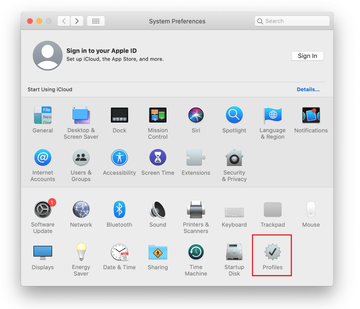
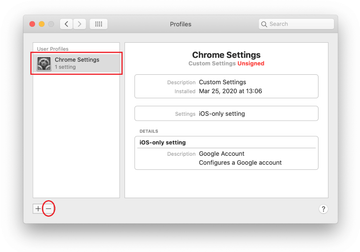
Get rid of MacReviver virus in web browser on Mac
To begin with, the web browser settings taken over by the MacReviver virus should be restored to their default values. Although this will clear most of your customizations, web surfing history, and all temporary data stored by websites, the malicious interference should be terminated likewise. The overview of the steps for completing this procedure is as follows:
- Remove MacReviver virus from Safari
Open the browser and go to Safari menu. Select Preferences in the drop-down list.
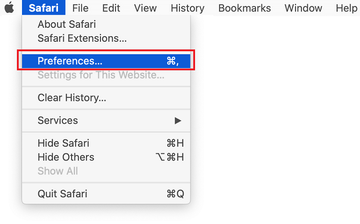
Once the Preferences screen appears, click on the Advanced tab and enable the option saying “Show Develop menu in menu bar”.
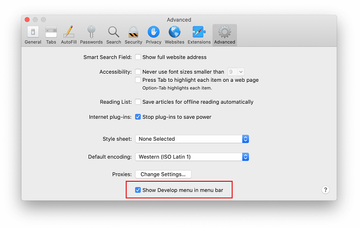
Now that the Develop entry has been added to the Safari menu, expand it and click on Empty Caches.
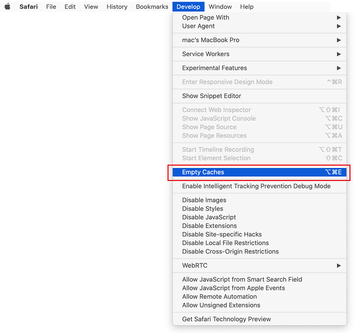
Now select History in the Safari menu and click on Clear History in the drop-down list.
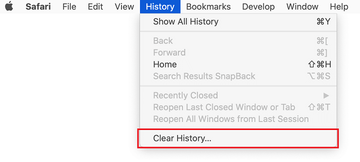
Safari will display a dialog asking you to specify the period of time this action will apply to. Select all history to ensure a maximum effect. Click on the Clear History button to confirm and exit.

Go back to the Safari Preferences and hit the Privacy tab at the top. Find the option that says Manage Website Data and click on it.

The browser will display a follow-up screen listing the websites that have stored data about your Internet activities. This dialog additionally includes a brief description of what the removal does: you may be logged out of some services and encounter other changes of website behavior after the procedure. If you’re okay with that, go ahead and click on the Remove All button.
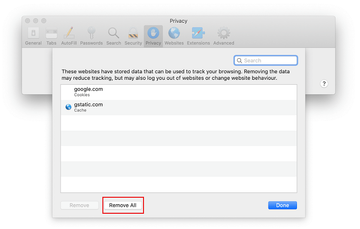
Restart Safari
- Remove MacReviver in Google Chrome
Open Chrome, click the Customize and control Google Chrome (⁝) icon in the top right-hand part of the window, and select Settings in the drop-down
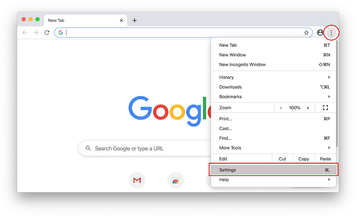
When on the Settings pane, select Advanced
Scroll down to the Reset settings section.
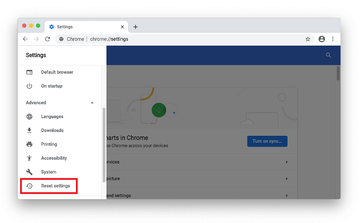
Confirm the Chrome reset on a dialog that will pop up. When the procedure is completed, relaunch the browser and check it for malware activity.
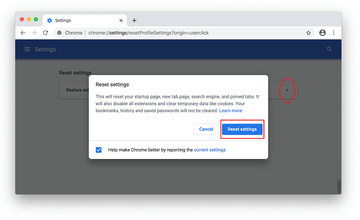
- Remove MacReviver from Mozilla Firefox
Open Firefox and go to Help – Troubleshooting Information (or type about:support in the URL bar and press Enter).
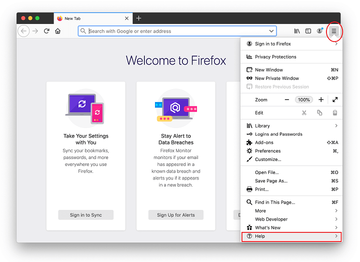

When on the Troubleshooting Information screen, click on the Refresh Firefox button.
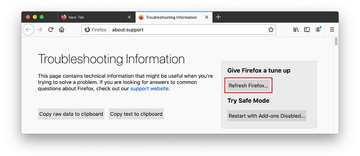
Confirm the intended changes and restart Firefox.
Get rid of MacReviver virus using Combo Cleaner removal tool
The Mac maintenance and security app called Combo Cleaner is a one-stop tool to detect and remove MacReviver virus. This technique has substantial benefits over manual cleanup, because the utility gets hourly virus definition updates and can accurately spot even the newest Mac infections.
Furthermore, the automatic solution will find the core files of the malware deep down the system structure, which might otherwise be a challenge to locate. Here’s a walkthrough to sort out the MacReviver issue using Combo Cleaner:
Download Combo Cleaner installer. When done, double-click the combocleaner.dmg file and follow the prompts to install the tool onto your Mac.
By downloading any applications recommended on this website you agree to our Terms and Conditions and Privacy Policy. The free scanner checks whether your Mac is infected. To get rid of malware, you need to purchase the Premium version of Combo Cleaner.
Open the app from your Launchpad and let it run the update of malware signature database to make sure it can identify the latest threats.
Click the Start Combo Scan button to check your Mac for malicious activity as well as performance issues.
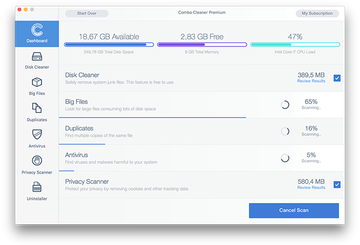
Examine the scan results. If the report says “No Threats”, then you are on the right track with the manual cleaning and can safely proceed to tidy up the web browser that may continue to act up due to the after-effects of the malware attack (see instructions above).
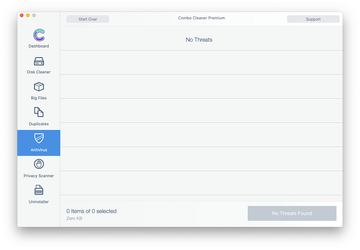
In case Combo Cleaner has detected malicious code, click the Remove Selected Items button and have the utility remove MacReviver threat along with any other viruses, PUPs (potentially unwanted programs), or junk files that don’t belong on your Mac.
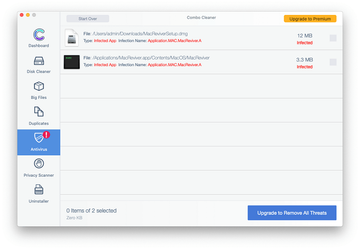
Once you have made doubly sure that the malicious app is uninstalled, the browser-level troubleshooting might still be on your to-do list. If your preferred browser is affected, resort to the previous section of this tutorial to revert to hassle-free web surfing.
